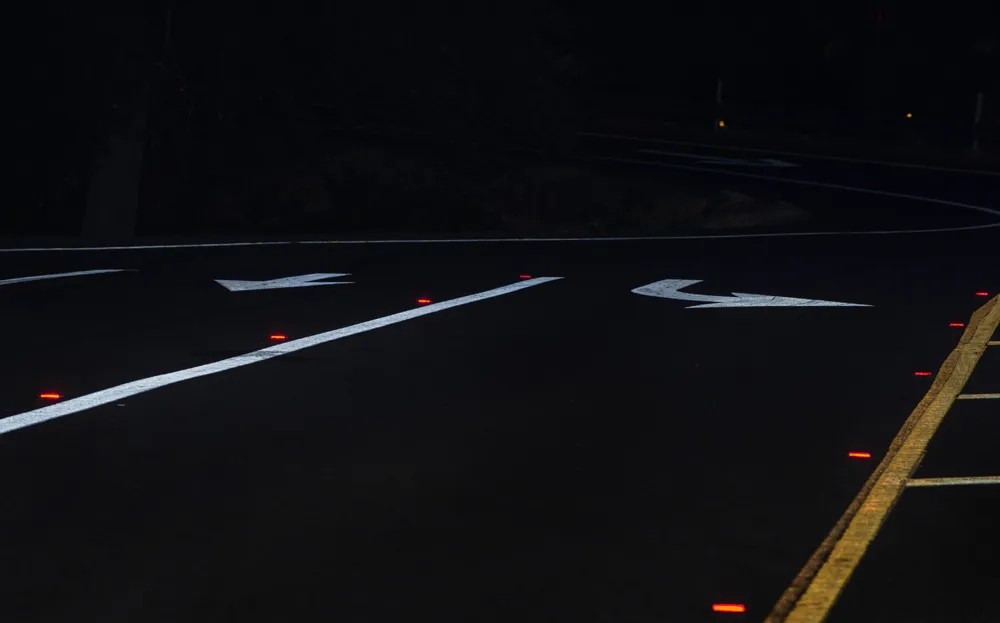Solar Bright, the New Zealand manufacturer of PATeye, a new ice-road warning technology, has selected Montana firm Angry Minnow Marketing to represent the innovative device in the United States. PATeye is a real-time visual warning system that alerts motorists to ice-road conditions.
May 19, 2014
Read time: 2 mins
PATeye is a real-time visual warning system that alerts motorists to ice-road conditions. Ideally suited for use on roads, bridges, parking facilities and sidewalks, the solar-powered device detects the formation of frost and illuminates a blue LED flashing light, which alerts motorists that road surface conditions are ripe for ice formation.
According to NHTSA data 2002-2012, icy roads cause an average 154,580 crashes per year in the United States resulting in 45,133 injuries and 580 fatalities.
“We believe that technology and the design of ‘smart devices’ can reduce statistics like these and save lives,” said Pat Martin, founder and CEO of Solar Bright. “Our belief motivates us to disrupt the intelligent transportation systems (ITS) industry and deliver affordable, life-saving products to the market.”
The PATeye uses advanced proprietary sensors to predict the presence of ice on a surface through the analysis of the formation of frost on the device itself. Custom-designed moisture, temperature and humidity sensors are at the heart of the patented technology and work “in harmony to predict when ice is likely starting to form,” Martin said.
“The future really is in the telemetry capabilities,” said Rob Haywood, global sales director of Solar Bright. “In the near future these things will actually be able to talk wirelessly,” he added, citing ongoing product development that will enable a PATeye to communicate with people, such as road maintenance operators, and infrastructure, such as dynamic message signs (DMS). Knowing the road surface data and understanding which PATeye devices are active or idle will help maintenance crews treat roads more efficiently and effectively, Haywood explained.
“I’m excited to represent such a life-saving technology,” said Michael Ross, manager of Angry Minnow Marketing.








